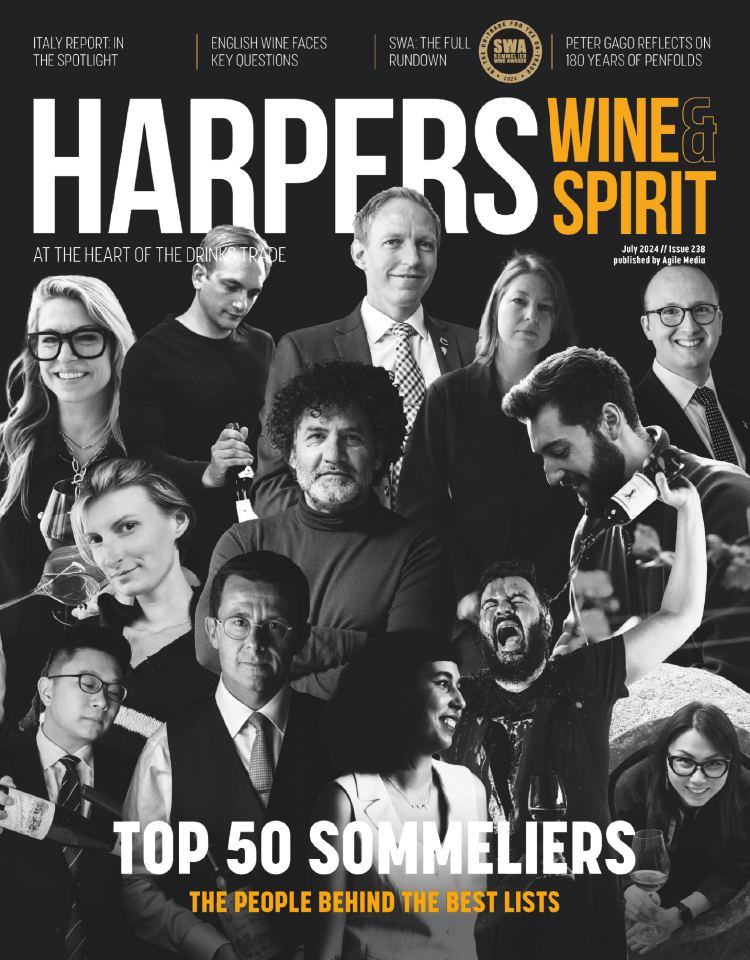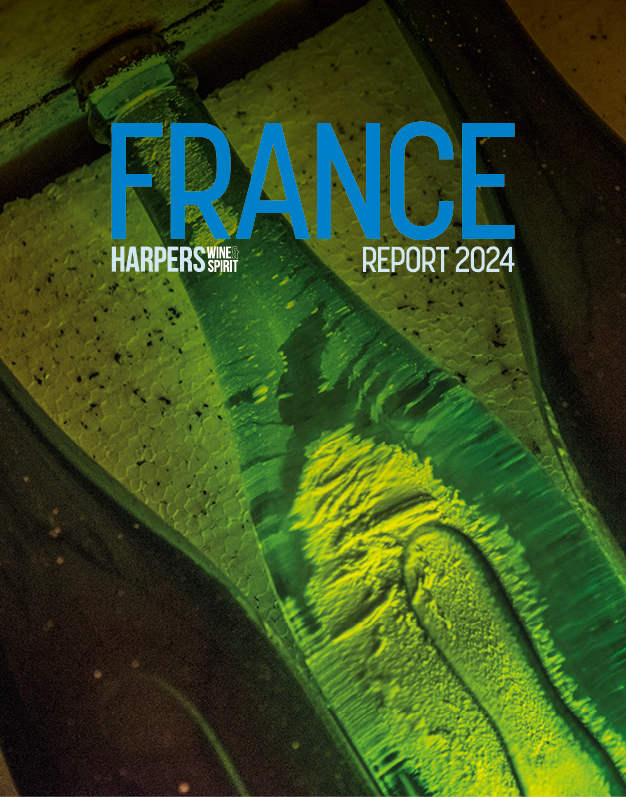Diageo looks to push whisk(e)y portfolio
With the Bushmills brand now fully incorporated into its portfolio after the acquisition from Pernod Ricard, Diageo used its first ever whisk(e)y briefing to reaffirm its position as the world's leading whisk(e)y producer.
Stephen Morley, Diageo's director of whisky, gin and reserve brands, told the audience of trade and financial press: Whisk(e)y is at the core of Diageo's business, it accounts for a third of our portfolio, and we have eight of the world's top 20 whisky brands. Our aspirations for growth as a company are huge; therefore, our aspirations for growth in whisky are also huge.'
The briefing focused primarily on the world's number-one and two whisky brands - Johnnie Walker and J&B - and featured the unveiling of the latest cinema executions for both brand's motor-racing sponsorships (Formula 1 for Johnnie Walker; NASCAR for J&B). According to Morley, Johnnie Walker has grown by 30% since 1999 - to 12.4 million cases - and is now the world's most valuable spirits brand'. Morley added that the Johnnie Walker Green Label blended malt, which was introduced in the wake of the Cardhu fiasco, had already sold 2,000 cases - a phenomenal result from both the premiumisation and innovation point of view'.
For J&B, Morley said that the introduction of the brand's colourless range extension, J&B -6, was still very much at the trial stage and that J&B was continuing to gain market share in Spain, despite the 10% duty increase levied by the Spanish government in the past year.
Morley said that Bushmills had been fully integrated within six weeks' and was already gaining distribution from Jameson, before hinting that the brand's future marketing would focus strongly on its heritage. Morley added that, although the company is always on the lookout for worthy acquisitions, it felt that its whisk(e)y portfolio was now strong and that it would not be going out of its way to secure a bourbon brand, for example. We do not have a big bourbon brand, but we already have brands that compete in the bourbon "space", so do we need a bourbon brand?' Morley asked.






